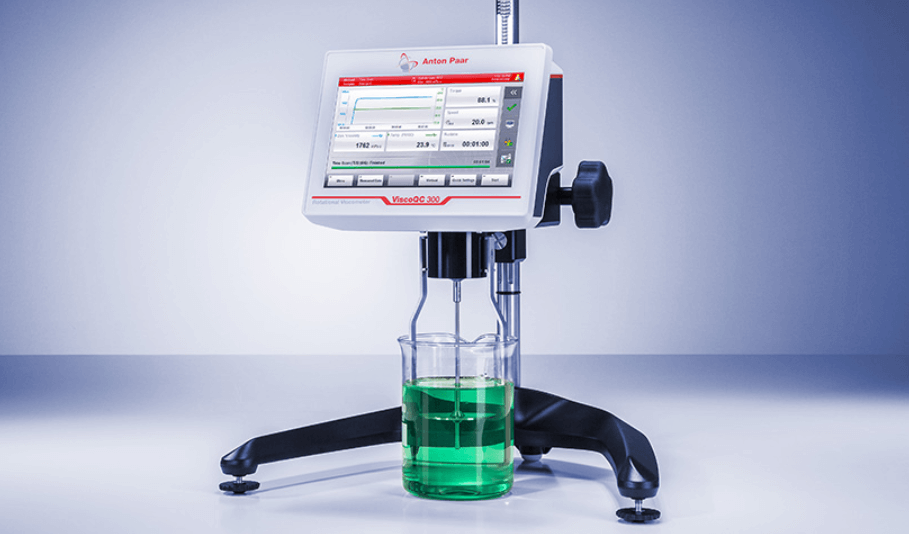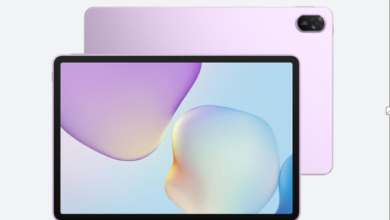In today’s fast-paced industrial and research environments, maintaining product consistency and functionality is more critical than ever. Whether you’re developing lubricants, dairy products, paints, or pharmaceuticals, fluid behavior plays a major role in quality and performance. At the heart of this process lies viscosity measuring equipment—sophisticated tools that ensure liquids flow as expected under specific conditions.
This article explores what viscosity measuring equipment is, how it works, the industries that rely on it, and why it’s become a cornerstone in laboratories and production lines around the globe.
What Is Viscosity and Why Measure It?
Viscosity is the measure of a fluid’s resistance to flow. It’s what makes honey thicker than water and motor oil behave differently at high temperatures. Understanding viscosity is crucial because it directly impacts product behavior, application, and processing.
Accurate viscosity measurements are used to:
- Control product uniformity and stability
- Optimize manufacturing processes
- Meet regulatory requirements
- Improve shelf life and usability
- Prevent equipment failure or poor performance
In essence, viscosity measuring equipment ensures that your product functions exactly as intended—every single time.
See also: UL TPU Cable: The Modern Solution for High-Performance Cabling in Today’s Tech Industry
What Is Viscosity Measuring Equipment?
viscosity measuring equipment refers to devices and instruments specifically designed to test the thickness, flow resistance, or internal friction of fluids. These devices range from simple, manual tools to advanced digital viscometers capable of real-time monitoring and automation.
Common types of viscosity measuring tools include:
- Rotational viscometers: Measure torque on a rotating spindle immersed in a fluid
- Capillary viscometers: Rely on fluid flow through a narrow tube
- Falling ball viscometers: Use the time it takes for a ball to fall through a fluid
- Vibrational viscometers: Detect viscosity through oscillating movements
- Ultrasonic and inline sensors: Used in real-time, continuous processing environments
Each type has its advantages depending on the application, fluid type, and required level of accuracy.
Key Features to Look For
When selecting viscosity measuring equipment, several features are essential for ensuring reliable, repeatable results:
✅ Accuracy and Sensitivity
Precision is critical, especially when dealing with expensive or regulatory-sensitive products like medications or coatings.
✅ Sample Volume Flexibility
Some instruments are designed for large batches, while others work with micro-samples as small as 0.5 mL.
✅ Temperature Control
Viscosity is temperature-dependent. Built-in heating or cooling capabilities ensure accurate readings under controlled conditions.
✅ Digital Interface
Modern devices offer touchscreens, USB connectivity, and software integration for logging, analyzing, and exporting data.
✅ Multiple Spindles or Sensors
Allows users to test various fluid types and ranges without needing multiple machines.
✅ Easy Calibration and Maintenance
User-friendly calibration and low-maintenance designs reduce downtime and improve efficiency.
Where Is Viscosity Measuring Equipment Used?
🧴 Personal Care and Cosmetics
Consistency is key in lotions, gels, shampoos, and creams. Viscosity determines how the product feels, spreads, and dispenses.
🧪 Pharmaceuticals and Healthcare
From cough syrups to injectables, ensuring the correct flow behavior is crucial for safety and efficacy.
🛢 Lubricants and Automotive
Lubricants must maintain ideal viscosity across a range of temperatures and conditions to protect engines and machinery.
🎨 Paints and Coatings
The viscosity of paint affects how it applies to surfaces, how it dries, and how it performs under different conditions.
🍲 Food and Beverage
Viscosity influences the taste, texture, and shelf stability of sauces, dairy products, beverages, and more.
🧬 Biotech and Chemicals
Chemical formulations, enzyme solutions, and research reagents must meet strict viscosity specifications for functionality.
Benefits of Using Advanced Viscosity Measuring Equipment
✅ Quality Assurance
Precision equipment ensures every batch meets your product’s performance specifications—reducing defects and recalls.
✅ Production Efficiency
Inline viscometers allow real-time adjustments during manufacturing, minimizing waste and improving consistency.
✅ Cost Savings
By optimizing formulations and reducing material waste, manufacturers can cut costs without sacrificing quality.
✅ Regulatory Compliance
Many industries (especially food, pharma, and cosmetics) have strict viscosity standards. High-quality equipment ensures you’re always in compliance.
✅ Product Innovation
With high-sensitivity equipment, R&D teams can fine-tune fluid formulations faster, enabling quicker product launches.
Real-World Examples
“We use viscosity measuring equipment in our paint manufacturing plant to make sure every batch meets sprayability and drying standards. Without it, customer complaints and product returns would skyrocket.” — Production Manager, Paint Industry
“In our skincare lab, viscosity determines how luxurious a product feels on the skin. We’ve tested 50+ formulations, and our rotational viscometer helped us lock in the perfect texture.” — Cosmetics Formulator
“For our engine oils, we rely on real-time viscosity monitoring to ensure the product performs under extreme conditions. The savings in quality control costs alone paid for the equipment in under a year.” — QC Engineer, Lubricant Company
Choosing the Right Equipment for Your Lab
Selecting the right viscosity measuring equipment depends on:
- Fluid type (Newtonian vs. non-Newtonian)
- Testing frequency (daily QC vs. occasional R&D)
- Viscosity range (low-viscosity alcohols vs. high-viscosity greases)
- Volume availability (bulk samples vs. micro-samples)
- Budget (manual units vs. fully automated systems)
Popular brands like Brookfield, Anton Paar, Fungilab, and Drawell offer a wide range of options tailored to different needs and price points.
Best Practices for Viscosity Testing
To ensure consistent results:
🧪 Prepare Samples Properly
Mix samples uniformly, remove bubbles, and use consistent sample volumes.
🌡 Maintain Temperature
Always test at a controlled, documented temperature for reproducible readings.
🔬 Calibrate Regularly
Use certified viscosity standards and follow manufacturer recommendations.
🧼 Clean Equipment After Each Use
Residue buildup can lead to false readings and cross-contamination.
Trends and Innovations
The future of viscosity measuring equipment lies in smart sensors, remote monitoring, and AI-powered quality control systems. More industries are moving toward inline viscometry, where sensors provide real-time data during production.
Other innovations include:
- Automated sample loading
- Bluetooth-enabled viscometers
- Cloud data storage for global R&D teams
- Self-calibrating instruments
These technologies reduce human error, increase throughput, and open up new levels of process control.
Final Thoughts
From guaranteeing a perfect pour of salad dressing to ensuring life-saving medicine flows correctly through a syringe, viscosity touches nearly every product we use. And behind every fluid that performs flawlessly is reliable, precise viscosity measuring equipment.
As industries grow more complex and customer expectations continue to rise, having the right viscosity tools is no longer optional—it’s essential. Investing in accurate, durable, and efficient measuring equipment empowers labs and manufacturers to uphold the highest standards in quality, safety, and innovation.





